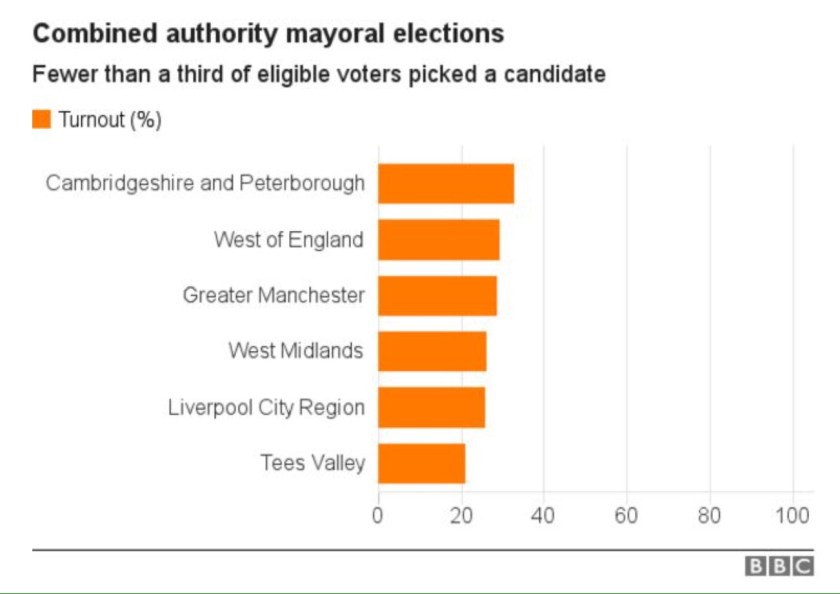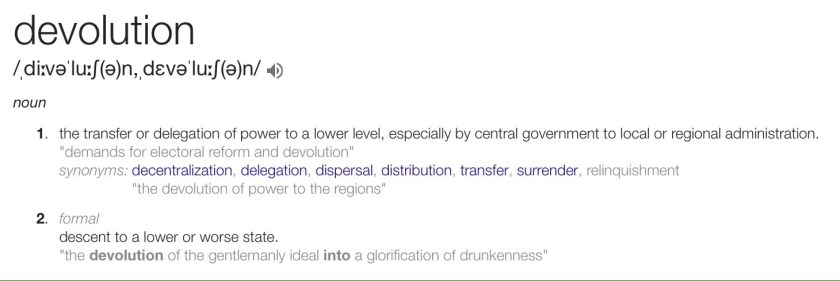Requiring developers to enter into planning obligations to make financial contributions to a pooled fund to be spent on infrastructure, including interventions at places where a particular development has only a trivial impact, is unlawful.
This was the ruling of the Supreme Court this week in Aberdeen City and Shire Strategic Development Planning Authority v Elsick Development Company Limited (25 October 2017). Being a Scottish case, the relevant domestic legislation referred to was section 75 of the Town and Country Planning (Scotland) Act 1997 rather than (for England and Wales) section 106 of the Town and Country Planning Act 1990, but the principles are the same.
The case related to supplementary planning guidance, part of the statutory development plan, that sought financial contributions by way of planning obligations towards a strategic transport fund which was “to mitigate the cumulative impact of developments at specific “hotspots” in the network”.
South of the border, CIL of course would be available as a mechanism but the case is still important:
– as a reminder that simply scrapping CIL and not replacing it with another mechanism for securing pooled contributions towards infrastructure is not a straight-forward option
– many English and Welsh authorities still use tariff style policies to secure all manner of section 206 contributions (and if/when the regulation 122 pooling restriction is removed this will only increase)
– what are its implications for the tendency, simply by way of planning policy, to draw in all manner of social requirements as planning obligations to be sought?
The Aberdeen supplementary guidance allowed developers to choose to undertake a bespoke assessment of the cumulative impact of their schemes outwith the fund:
“Developers can elect to assess and mitigate their cumulative impact outwith the [Fund], although this will require a considerably more comprehensive Transport Assessment and the design and delivery of the mitigation measures shown to be necessary. This will definitely be more time-consuming and almost certainly more expensive, if it can be achieved at all.”
However the court rejected the argument that this made the contribution voluntary.
Nor was the court impressed by the authority’s reliance on this assurance in the guidance that the policy was in fact voluntary for developers:
“No contributions from development sites will be used to support projects where the development in question is predicted to gain no mitigation benefit from the infrastructure being provided and therefore is un-related to the development making the contribution...”
This long passage sets out the court’s approach to section 75/106 agreements and also to conditions:
“38. The express words of section 75 require a relationship between the planning obligation and the land to be burdened by the obligation because the obligation must in some way restrict or regulate the development or the use of that land. But those restrictions or regulation do not necessarily relate to a particular permitted development on the burdened land. A planning obligation may prohibit the development of the land in a particular way or the use of the land for particular purposes. A planning obligation may keep the burdened land free from any development and may be entered into in circumstances which are not connected with any planning application.
39. Restrictions may validly be imposed in the context of the development of another site. Thus, to take an example discussed in Good v Epping Forest District Council, the owner of two farms, A and B, within the area of a planning authority might apply for planning permission to develop and operate an intensive breeding establishment on farm A. The owner of the farms might offer, or the planning authority might require, a section 75 planning obligation preventing the use of farm B for that purpose. The restriction would relate to farm B and would be justified for the planning purpose of preventing an undesirable number of such establishments in the same area.
40. A planning obligation may also regulate the development or use of the burdened site. An example, in the context of a planning application, is where a planning obligation requires the developer to provide affordable housing as a component of a development on its site or to create specified infrastructure on its land to meet the needs of that development.
41. Similarly, a planning authority may contract for the payment of financial contributions towards, for example, educational facilities, healthcare facilities, sewerage or waste and re-cycling: requiring a development to contribute to, or meet, its own external costs in terms of infrastructure involves regulating the development of the land which is burdened by the obligation. The financial contribution can be applied towards infrastructure necessitated by the cumulative effects of various developments, so long as the land which is subject to the planning obligation contributes to that cumulative effect and thereby creates a sufficient relationship between the obligation in question and the land so that one can fairly speak of the obligation as regulating the development of the land.
42. In each of the examples in paras 38-41 above the restriction or regulation serves a purpose in relation to the development or use of the burdened site. In this appeal a question of principle arises: can a restriction or regulation of a site be imposed in the form of a negative suspensive planning obligation, analogous to the negative suspensive planning condition in the Grampian Regional Council case, for a purpose which does not relate to the development or use of the site? In particular, is it lawful by planning obligation to restrict the commencement of the development of a site until the developer undertakes to make a financial contribution towards infrastructure which is unconnected to the development of the site? Alternatively, is it lawful to require contributions towards such infrastructure in a planning obligation which does not restrict the development of the site by means of a negative suspensive obligation?
43. The answer to each question is no. Dealing first with the latter question, a planning obligation which required a developer to contribute to infrastructure unconnected with its development but did not make the payment of the contribution a pre-condition of development of the site would not fall within section 75 as it would neither restrict nor regulate the development or use of the site….
44. A planning obligation, which required as a pre-condition for commencing development that a developer pay a financial contribution for a purpose which did not relate to the burdened land, could be said to restrict the development of the site, but it would also be unlawful. Were such a restriction lawful, a planning authority could use a planning obligation in the context of an application for planning permission to extract from a developer benefits for the community which were wholly unconnected with the proposed development, thereby undermining the obligation on the planning authority to determine the application on its merits. Similarly, a developer could seek to obtain a planning permission by unilaterally undertaking a planning obligation not to develop its site until it had funded extraneous infrastructure or other community facilities unconnected with its development. This could amount to the buying and selling of a planning permission. Section 75, when interpreted in its statutory context, contains an implicit limitation on the purposes of a negative suspensive planning obligation, namely that the restriction must serve a purpose in relation to the development or use of the burdened site. An ulterior purpose, even if it could be categorised as a planning purpose in a broad sense, will not suffice. It is that implicit restriction which makes it both ultra vires and also unreasonable in the Wednesbury sense for a planning authority to use planning obligations for such an ulterior purpose.”
The court then went on to consider the relevance of planning policies in a local planning authority’s decision as to whether to require a planning obligation. If the policy itself fails the legal tests set out above it cannot be taken into account by the authority:
“The inclusion of a policy in the development plan, that the planning authority will seek such a planning obligation from developers, would not make relevant what otherwise would be irrelevant.”
The judgment indicates that “there is much that can be said in favour” of the Aberdeen scheme, but the statutory regime does not allow for it. It ends with a pointed final paragraph:
“If planning authorities in Scotland wish to establish a local development land levy in order to facilitate development, legislation is needed to empower them to do so.”
This case is going to cause people to look long and hard at planning obligations policies to ascertain whether there is indeed the necessary causal link between the development in question and the financial contribution or other obligation being sought.
For instance, this will reinforce the need for policy requirements in relation to provision of contributions towards SANGs (suitable alternative natural greenspace) in the vicinity of SACs and SPAs to be framed with care. Would the decision in R (Smyth) v Secretary of State (Court of Appeal, 5 March 2015) now be different?
Similarly, the Mayor of London’s policies in relation towards securing climate change mitigation contributions.
Simply including a standardised wish list in policy is not going to be a sufficient basis for securing contributions. But problems remain. Many matters, for instance the provision of affordable housing, are only relevant planning considerations because the inclusion in planning policy of a requirement for them. When is this a legitimate basis for a planning obligation and when is it not?
Food for thought for the Secretary of State ahead of any announcement in relation to CIL, promised in February to be alongside the Autumn budget which is on 22 November.
Simon Ricketts, 28.10.17
Personal views, et cetera





